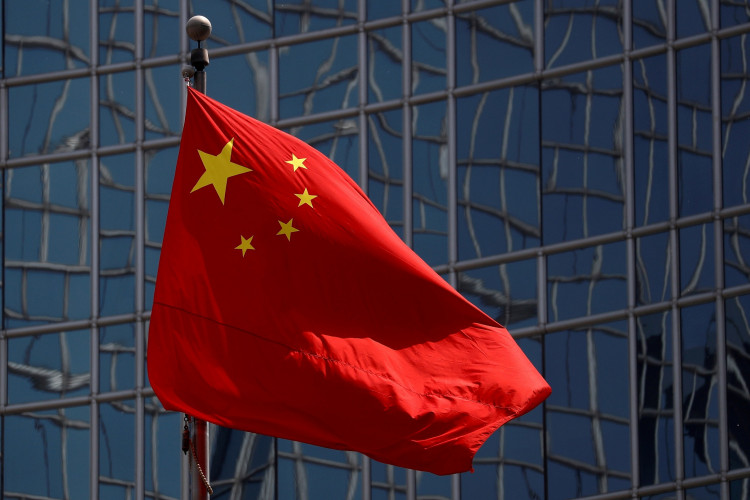In a move that has further strained the already tense relations between China and India, Beijing recently unveiled a new "standard map" that lays claim to territories traditionally recognized as part of India. This development comes on the heels of a meeting between Indian Prime Minister Narendra Modi and Chinese President Xi Jinping, where both leaders expressed a desire to de-escalate tensions along their disputed border.
According to the map released by China, the Indian state of Arunachal Pradesh and the Aksai Chin plateau-a region controlled by Beijing but claimed by India-are depicted as Chinese territories. This isn't the first time China has made such territorial claims. However, the timing of this release, especially after the Modi-Xi meeting, has raised eyebrows in diplomatic circles.
Smita Purushottam, founder of the non-profit Do Tank "SITARA," commented on the situation, stating, "This action is only a confirmation of China's lack of interest in resolving the border issue to mutual satisfaction." The map also includes other disputed areas such as Taiwan and significant portions of the South China Sea, which are contested by several Southeast Asian nations.
India's response was swift and unequivocal. Arindam Bagchi, the Indian foreign ministry spokesperson, remarked, "We reject these claims as they have no basis. Such steps by the Chinese side only complicate the resolution of the boundary question." India's External Affairs Minister, S Jaishankar, echoed this sentiment, emphasizing that making "absurd claims" doesn't change territorial realities.
Rukmani Gupta, a New Delhi-based Defense and Security Analyst, pointed out that China's release of such maps is not a novel tactic. She said, "Maps issued by China routinely depict all disputed or claimed areas as Chinese. This includes not only Arunachal Pradesh and Aksai Chin but also disputed regions in South and East China Seas."
The unveiling of the map is strategically placed between two significant events-the recent BRICS summit and the upcoming G20 summit in Delhi. Purushottam believes the timing is a "deliberate provocation" from China.
The India-China relationship has been fraught with tension, especially since the violent Galwan Valley incident in 2020. While India has been proactive in seeking a resolution to the border dispute, China's approach has been more passive, often sidelining the issue in favor of other diplomatic and economic engagements.
Purushottam further elaborated on China's stance, suggesting that Beijing's territorial posturing might be counterproductive in the long run. She stated, "China is faced with mounting economic problems at home... China risks shutting the door on a genuine rapprochement with India."
As the two Asian powerhouses continue to grapple with their border dispute, India has been strengthening its military capabilities along the Line of Actual Control. Purushottam believes that for India to have a stronger voice in border negotiations, it must reduce its economic dependence on Chinese imports.
In conclusion, while the release of the new map by China has added another layer of complexity to the India-China relationship, it remains to be seen how both nations navigate these choppy diplomatic waters in the days to come.






